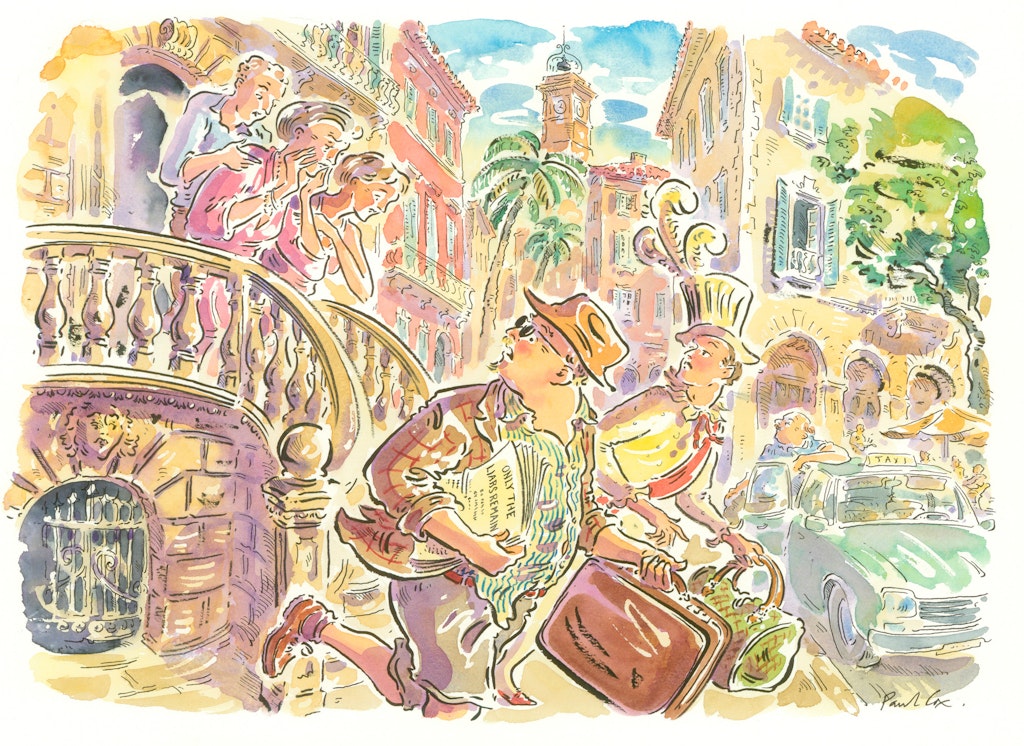Conte’s conundrum
How has Italy’s Giuseppe Conte defied the odds and become a consequential political figure in his own right?
Italy’s prime minister Giuseppe Conte has offered his resignation to the country’s president while he seeks to form a new governing majority. This is not entirely unprecedented. It happens rather a lot in Italy and Conte himself has done it before in 2019. Then, everything was largely resolved without turmoil. This time, however, the world’s and Italy’s situations are different.
Not only is there a pandemic raging anew in an Italy which has already suffered 80,000 deaths, it is also possible that Conte himself has run out of track – at the least opportune time.
The pandemic has both helped and hindered Conte
Although Italy’s government has often found itself on the brink of collapse throughout the years, each incident was barely reported in the English-speaking media. Why, the press asks itself, should it bother expending a great deal of effort noting something that will happen again in a couple of years? And, separately, the value of teaching the anglosphere about Italy’s many political parties quickly reaches a point of diminishing returns.
Before 2018 what coverage there was of Italian politics in the English language often comprised – almost solely – the activities of Silvio Berlusconi, to the detriment of all else. Before and after the elections of that year, press commentary largely focussed on whether Berlusconi would be able to dominate Italian politics at the head of a victorious coalition and why, in the event, he did not.
But the story of Berlusconi’s failure contained something far more interesting: the simultaneous rise of his would-be coalition partner, the far-right Lega Nord, and the indisputably populist Five Star Movement. Between them, these two former fringe parties held the majority of seats in the Chamber of Deputies; and, after months of negotiation, they formed a coalition government.
The agreement they made, creating a “government of change”, was debatably called Europe’s first experiment in populism as state policy. The leaders of both parties chose Conte – an unknown provincial lawyer – to head this administration as prime minister. Conte was a compromise candidate: he was an Independent politician but also affiliated with the Five Star Movement.
Things did not start out well as Conte was accused of deceitfully padding his unimpressive CV. This seems to have been more of a story internationally than in Italy. Conte was duly appointed regardless.
All the twists of Conte’s time in government have been intriguing. As was perhaps inevitable, government by populism did not work. Matteo Salvini of the Lega focused intently on immigration, turning back refugee boats and in general causing trouble to little effect. Meanwhile, the vaguely left-wing Five Star Movement, largely bereft of policies and unsure of how to proceed, were imprisoned in government with this thug – and unhappy about it.
Once a placeman for a populist party, Conte has become the axis around which government turns
The break-up of the government was doubly inevitable (the parties being so uncomfortable, and this being Italy), but it was in fact Salvini who tried to stage a vote of no confidence in Conte when the time came. Amusingly enough, after customary negotiations, Salvini could not cobble together his own majority, and was left to watch as the Five Star Movement formed a new coalition – again under Conte – with the more conventional establishment-left Democratic Party which had been so thoroughly rejected in the 2018 election.
But rather than burnishing the images of the Democratic Party or the Five Star Movement, this sensible arrangement benefitted, at least politically, Salvini most of all. He is now a figure of the opposition his policies suit best. The two governing parties saw defections, while the Lega continues to lead in the polls.
Perhaps strangely, given all this turmoil and the bitter harvest, the figure who has gained most stature is Conte himself. Once a placeman for a populist party unused to government, Conte has become the axis around which government turns – something he accomplished by more than one resignation from high office.
This is at least a little paradoxical. Conte has no party at his back, nor can he hope to survive in office beyond the 2023 election unless the stars align to an unheard-of extent. He has always maintained that, as an Independent and “lawyer for the people”, he would not drag his heels if he lost the support of those whose confidence kept him in power.
The pandemic has both helped and hindered Conte. He is accountable for Italy’s high death toll and the various policy failures which have dogged his government, as they have dogged governments across the continent.
But it is also true that in the coalition just ended, Conte’s second ministry resembled a national government: popular and briefly reflective of the country’s grim and determined mood during the pandemic.
Now Conte hopes to head a broad left-wing administration in opposition to the far-right – the very same people that Conte had previously featured in his cabinet. The viability of this gambit remains to be seen as it is subjected to the usual fratricidal politics which characterise the continental left.
As he tries to remain in government once more, and as a new group forms in the senate with the intention of allowing that to happen, it is strange to consider the difference a couple of years can make.
A man who, in his previous occupation, was not known to talk much about politics has not only risen to the highest office but has kept his position for years. Through a mixture of personal skills Conte has not only survived the collapse of the strange government he was picked to lead, but did so long enough to become a consequential political figure on his own terms.
Enjoying The Critic online? It's even better in print
Try five issues of Britain’s most civilised magazine for £10
Subscribe














